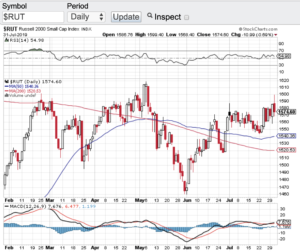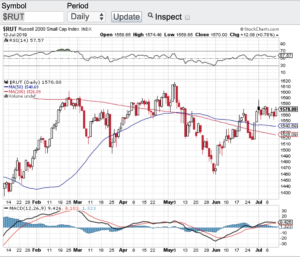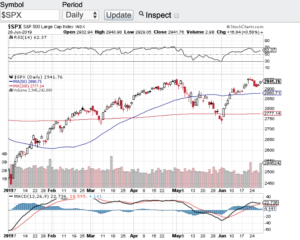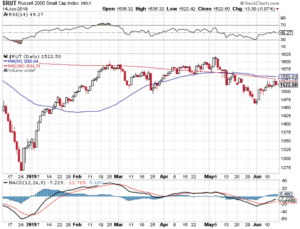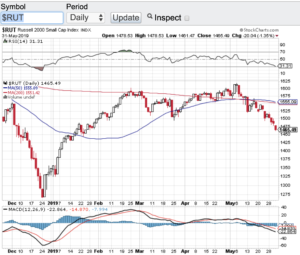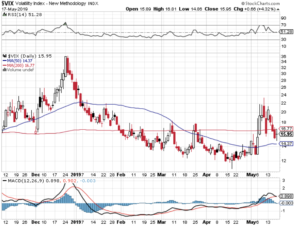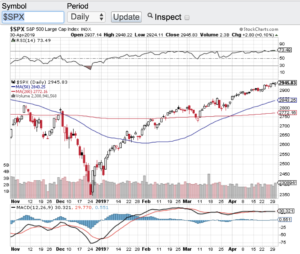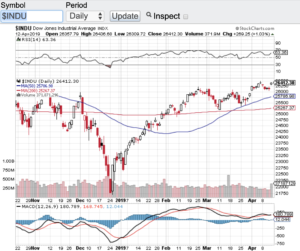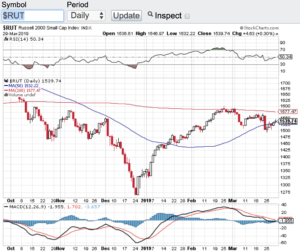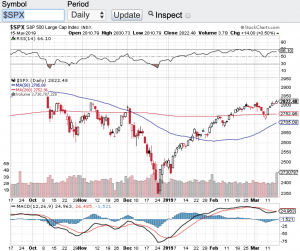Yesterday the Federal Reserve conducted its first rate cut in over a decade! Although widely expected, the markets were disappointed as to how Fed Chairman Jerome Powell signaled that this is does not necessarily mean more rate cuts are forthcoming. Chairman Powell’s statement sent stocks down sharply. The Dow Jones Industrial Average (see chart here) closed down over 330 points, the S&P 500 (see chart here) closed lower by 32.80, the Nasdaq Composite (see chart here) finished down almost 100 points and the small-cap Russell 2000 (see chart below) finished the day down 11 points. The markets were hoping that Mr. Powell would remain dovish and it was clear he was the opposite. That said, a rate cut is a rate cut and the intention is to keep the economy moving. Despite the rate cut move, The White House came out and complained about how Chairman Powell handled his statement and it is no secret that administration wants further rate cuts. I do think additional rate cuts may not be needed due to how Q2 earnings reporting season is going so far. The street was expecting an “earnings recession” at least in the last quarter. But as we are now half way through earnings reporting season, so far so good. There are not many earnings surprises to the downside and future guidance is not too shabby so far.
Let’s take a look at the current technical shape of the markets. The indexes have been going sideways as of late with the exception of yesterday’s selloff. That said, yesterday’s selloff did break the 20-day moving averages of the Dow Jones Industrials, the S&P 500 and the Nasdaq Composite, however, the small-cap Russell 2000 closed above its 20 day and actually demonstrated more relative strength than the other averages. A one day selloff does not necessarily mean the beginning of a new downward trend so let’s wait and see how the rest of earning reporting season goes and then we can assess how the back half of the year shapes up.
Good luck to all 🙂
~George
